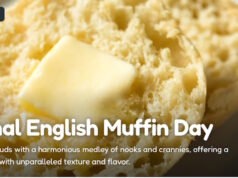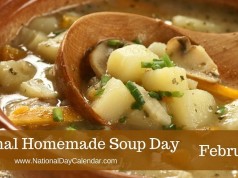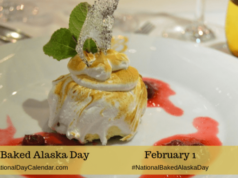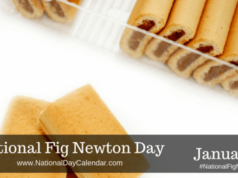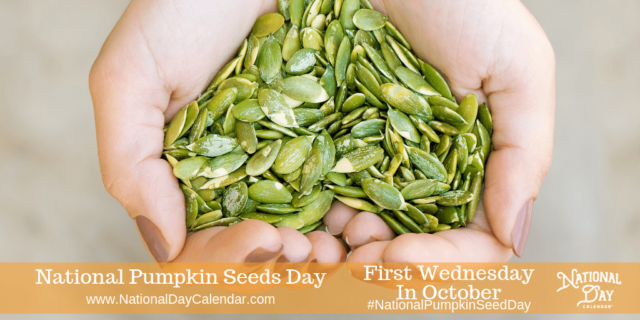
The first Wednesday in October offers up the seasonal delight, National Pumpkin Seed Day! As the temperatures cool and the leaves turn, snack on these delicious tidbits.
- Surprisingly, pumpkin seeds have been valued for their dietary and medicinal properties for thousands of years. In fact, pumpkin seeds have been traced back as far as 7000 BC, according to archeologists excavating a tomb in central Mexico.
- Among other civilizations, the Aztecs and Mayans were believed to revere pumpkin seeds as an essential and powerful source of food and nutrition.
- Native Americans used pumpkin seeds for food and medicine.
- Pumpkin seeds without shells, are also known as pepitas, provide an even better standalone snack. Pepitas are especially delicious when dry roasted.
- “Carving pumpkins tend to be bred for looks, not flavor, so they’re not very sweet, while eating pumpkins are delicious enough to dig into with a spoon,” says Jennifer Lee Seagle, a professional botanist and gardener in Half Moon Bay, CA.
- Pumpkins bred for jack-o-lanterns have a bigger seed cavity, longer stems, and thinner walls for easier carving, while pumpkins for eating tend to be smaller and more solid.
- If you want to cook a sweet dish, look for sugar pie or New England pie pumpkins, which are perfect for, well, pies, and for a savory recipe, try blue Hubbard.
- Carving a jack-o-lantern? You’ll want a Howden or Autumn Gold.
- For decorative or cooking purposes, pick the large, deeply ribbed musque de Provence or white Valenciano, which has orange flesh.
- The flat white seeds that you scoop out are the unhulled, milder-tasting version of the smaller green seeds, or pepitas, that you see in stores
- Americans aren’t the only ones crazy for pumpkin. Varieties of the squash show up in hearty curries in Thailand, where they also stuff it with custard for dessert.
- The Japanese include it in tempura, while in India it’s combined with sugar, cardamom, ghee, dried fruits, and nuts for a sweet dish called kaddu ka halwa. And Latin cultures often roast and mash it with spices such as cumin, nutmeg, paprika, and saffron to serve as a side dish.
- Pumpkin seed oil is a thing. But you shouldn’t cook with it. With a dark green, almost reddish color and nutty flavor, pumpkin seed oil has a low smoke point and will turn bitter if heated. Instead combine it with honey or olive oil and spices for salad dressing, or drizzle it on desserts to give vanilla ice cream and other plain dishes a nutty accent and pretty garnish.
- Full Moon, Jack-Be-Quick, La Estrella, and Old Zebs are just a few examples of the 45-plus varieties of pumpkins. There is even a white pumpkin called Cotton Candy.
- A pumpkin can contain about 500 seeds. The average pumpkin provides approximately one cup of seeds.
- Pumpkins were once used to get rid of freckles and treat snakebites.
- Pumpkin pie is the second favorite of Americans after apple pie.
- Native Americans referred to pumpkins as Isqoutm squash. The Greeks referred to pumpkins as pepons. Eventually, the word “pepon” morphed into the word “pumpkin.”
- The pilgrims made pumpkin beer by fermenting maple sugar, pumpkin, hops, and persimmons.
- The word pumpkin first appeared in the fairytale Cinderella. It served as the perfect fruit for Cinderella’s fairy godmother to transform into a carriage.
- It is said that Columbus carried pumpkin seeds back with him to Europe. There they were used to feed pigs, but not as a human food source.
- Pumpkin has been connected to a number of health benefits, such as the ability to reduce cancer, improve vision, protect cardiovascular health, boost immunity, increase fertility, improve bone mineral density, and aid weight loss, among others.
Sources:





